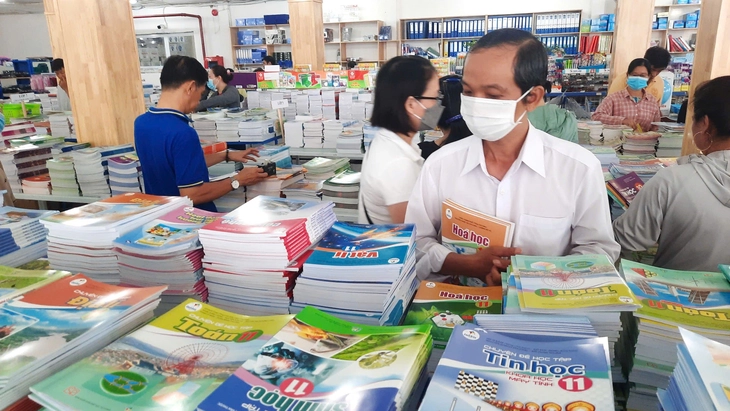
Parents in Ho Chi Minh City buy textbooks for their children in preparation for the new school year - Photo: NHU HUNG
Resolution 29 (2013) on fundamental and comprehensive reform of education and training emphasized "diversifying learning materials, socializing textbook compilation, with each subject having one or several standard textbooks".
This policy is concretized in Resolution 88/2014 of the National Assembly, reaffirmed by Conclusion 91 (2024) of the Politburo , and implemented by Resolution 51 (2025) of the Government.
Resolutions and laws: indispensable foundations.
The aforementioned documents are consistent: Vietnam must implement a unified general education program, on the basis of which each subject can have multiple textbooks that are appropriate to the curriculum, ensuring national knowledge standards while encouraging creativity and meeting the diverse needs of students.
This is a strategic choice, not a temporary experiment.
Vietnam is not alone in adopting the multi-textbook model. Many advanced education systems such as Japan, South Korea, France, and the United States have long applied this model and proven that it can operate effectively.
Having multiple sets of textbooks does not equate to chaos. The core issue lies in managing and monitoring quality, not in the quantity of textbooks. When implemented correctly, this model not only improves the quality of learning materials through healthy competition but also helps students from diverse backgrounds access knowledge in a more appropriate way.
The frustration stems from the methods used, not the policies.
Voters' concerns about the confusion in textbook selection, or worries about vested interests, are entirely justified. However, the main cause lies not in the policy of having multiple sets of textbooks, but in the lack of transparency and coordination in its implementation.
In many places, the textbook selection process lacks transparency, leading to doubts about quality and fairness. Many teachers and schools complain that textbook choices are influenced by factors outside of their professional expertise.
Despite being informed and given clear explanations, many students and their parents remain worried about the possibility of unfairness in exams for students studying different sets of textbooks.
These very shortcomings lead to a desire to revert to a "single set of textbooks"—something no longer aligned with the goals of innovation and integration.
Maintaining a single set of textbooks may create formal uniformity, but it comes with many drawbacks.
Firstly, it can easily lead to monopolies, stifling the motivation for innovation and creativity in textbook compilation.
Secondly, given the diverse cultural, social, and learning conditions in Vietnam, a single set of textbooks would be difficult to uniformly meet the needs of students from mountainous and remote areas to urban centers.
Thirdly, continuing to maintain the "state-owned" textbook series (which is actually produced by a state-owned enterprise) means continuing to draw money from the budget, when this cost could be saved and spent on other things.
More importantly, modern education should not only focus on imparting knowledge, but also on developing critical thinking, self-learning, and creative skills. This is difficult to achieve if all students follow a rigid, inflexible model.
Returning to the old model not only goes against international trends but also hinders efforts to improve Vietnam's intellectual capacity and competitiveness.
How can multiple sets of textbooks become a source of motivation?
Instead of getting bogged down in debates about "one or more sets of textbooks," it's crucial to ensure that the policy of having multiple sets of textbooks operates transparently, fairly, and effectively. Several key solutions need to be implemented:
1. Transparency in assessment and evaluation: publicly disclose criteria, invite independent experts, and involve representatives of teachers and parents in the evaluation committee.
2. Ensuring fairness in examinations: exam and test questions should be based on the curriculum standards, without favoring any particular textbook.
3. Control textbook prices and support disadvantaged students, expanding the scope of those eligible for financial assistance to purchase textbooks and school supplies.
4. Teacher training and empowerment: Teachers need to be trained and empowered to make informed decisions about textbook choices based on their expertise, without external pressure.
5. Utilize technology and digital learning materials to increase access to and support modern learning methods.
Source: https://tuoitre.vn/vi-sao-phai-mot-chuong-trinh-nhieu-sach-giao-khoa-20250724231325528.htm


![[Photo] Prime Minister Pham Minh Chinh receives the Governor of Tochigi Province (Japan)](/_next/image?url=https%3A%2F%2Fvphoto.vietnam.vn%2Fthumb%2F1200x675%2Fvietnam%2Fresource%2FIMAGE%2F2025%2F12%2F16%2F1765892133176_dsc-8082-6425-jpg.webp&w=3840&q=75)

![[Image] Leaked images ahead of the 2025 Community Action Awards gala.](/_next/image?url=https%3A%2F%2Fvphoto.vietnam.vn%2Fthumb%2F1200x675%2Fvietnam%2Fresource%2FIMAGE%2F2025%2F12%2F16%2F1765882828720_ndo_br_thiet-ke-chua-co-ten-45-png.webp&w=3840&q=75)
![[Live] 2025 Community Action Awards Gala](/_next/image?url=https%3A%2F%2Fvphoto.vietnam.vn%2Fthumb%2F1200x675%2Fvietnam%2Fresource%2FIMAGE%2F2025%2F12%2F16%2F1765899631650_ndo_tr_z7334013144784-9f9fe10a6d63584c85aff40f2957c250-jpg.webp&w=3840&q=75)

![[Photo] Prime Minister Pham Minh Chinh receives Lao Minister of Education and Sports Thongsalith Mangnormek](/_next/image?url=https%3A%2F%2Fvphoto.vietnam.vn%2Fthumb%2F1200x675%2Fvietnam%2Fresource%2FIMAGE%2F2025%2F12%2F16%2F1765876834721_dsc-7519-jpg.webp&w=3840&q=75)



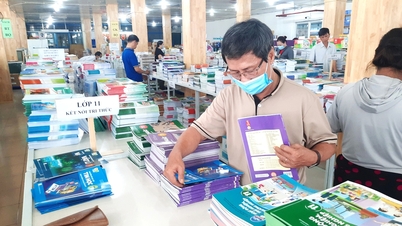
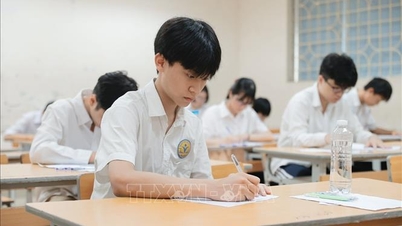

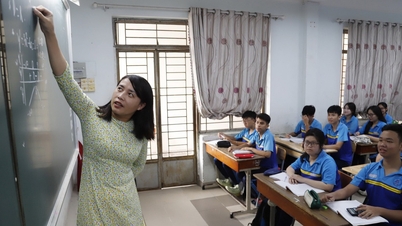
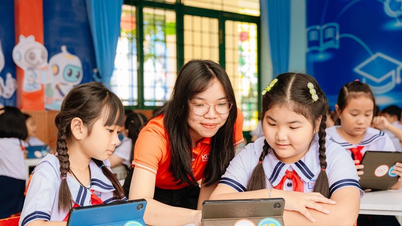







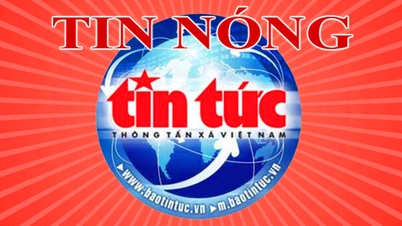











































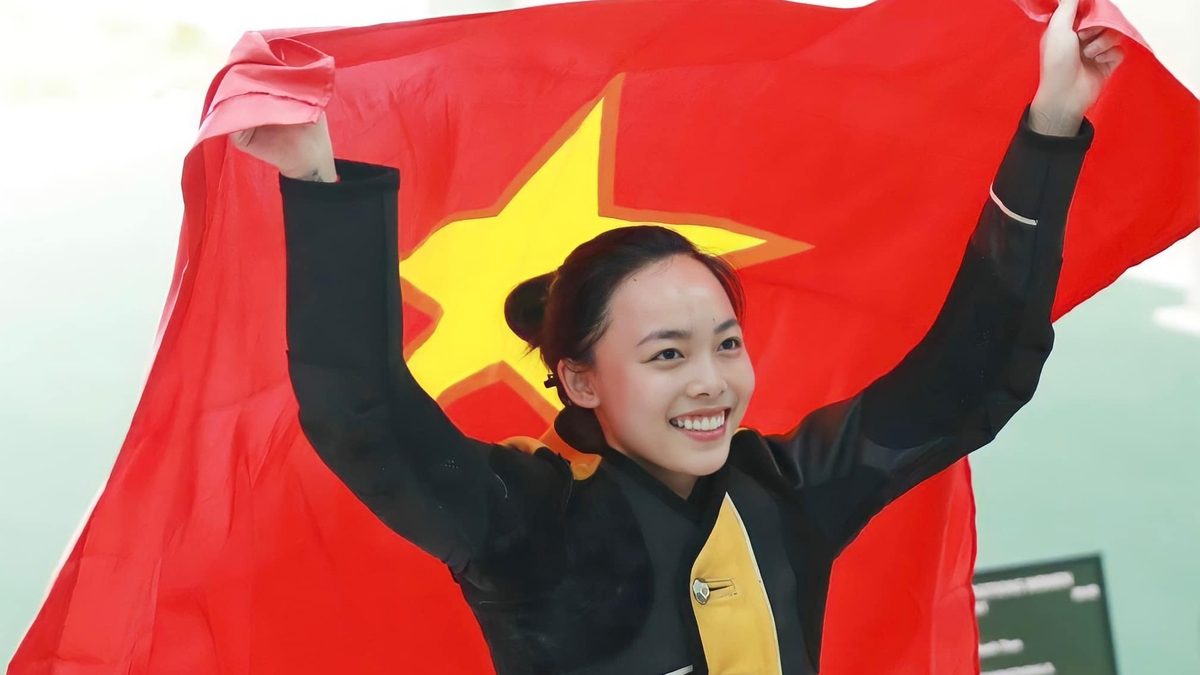

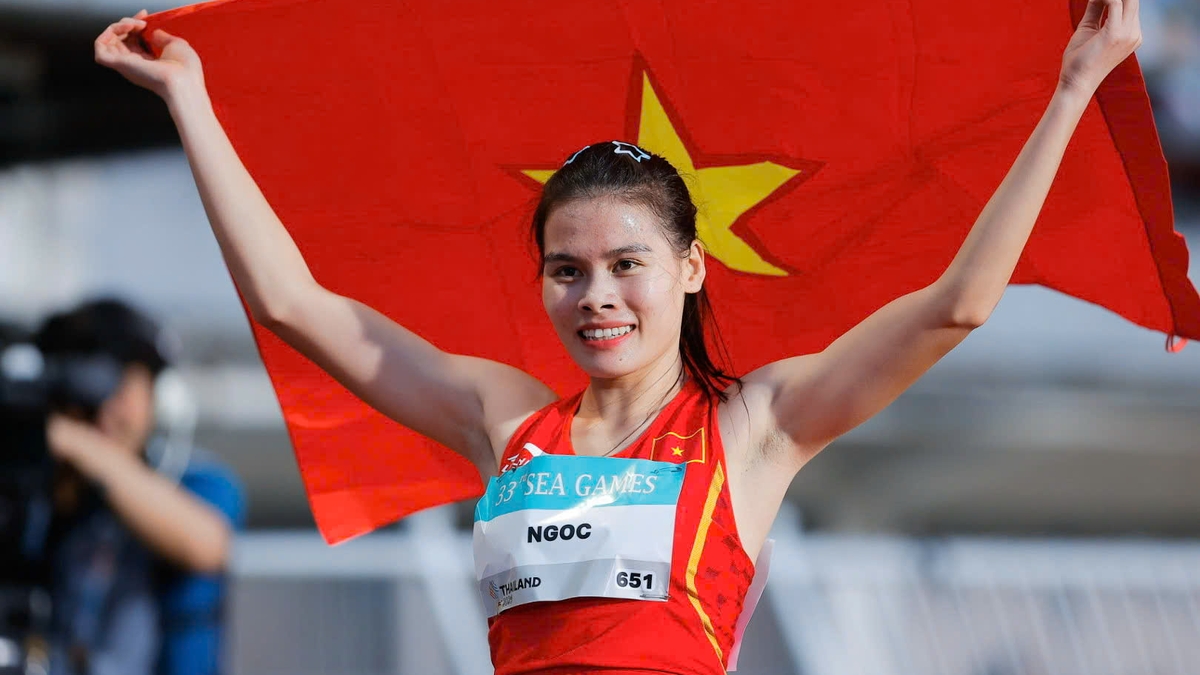


































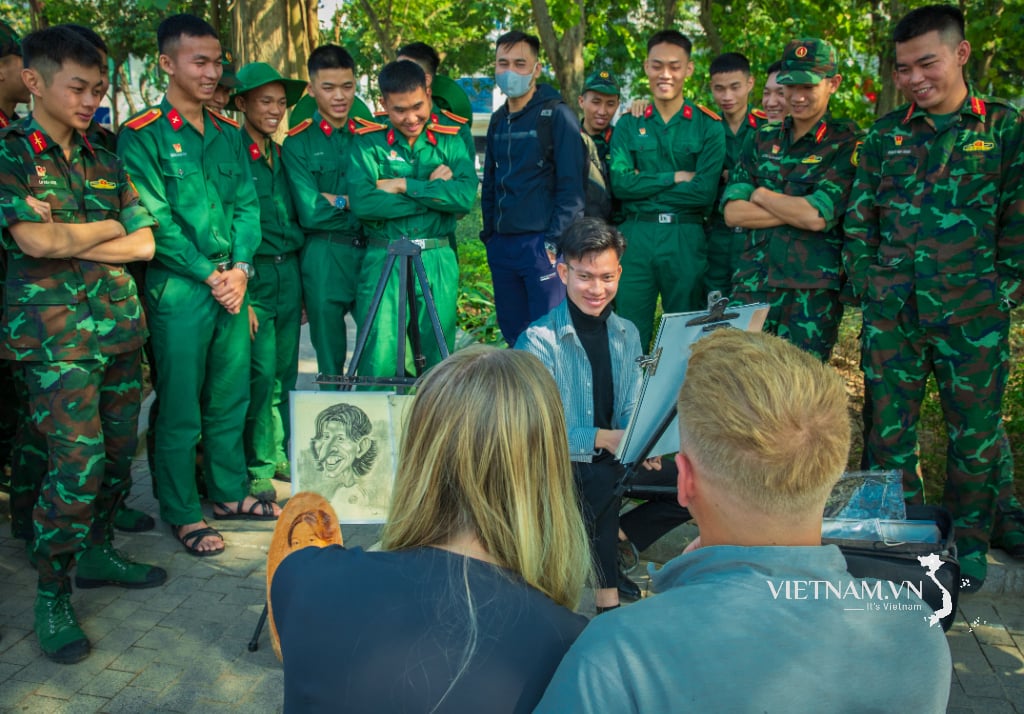
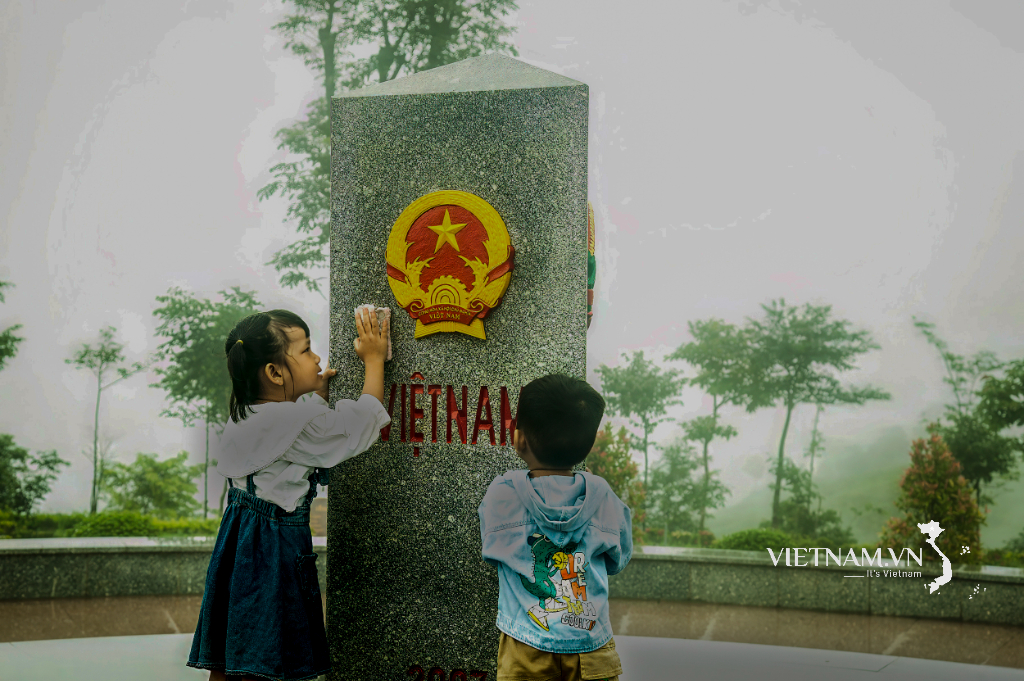
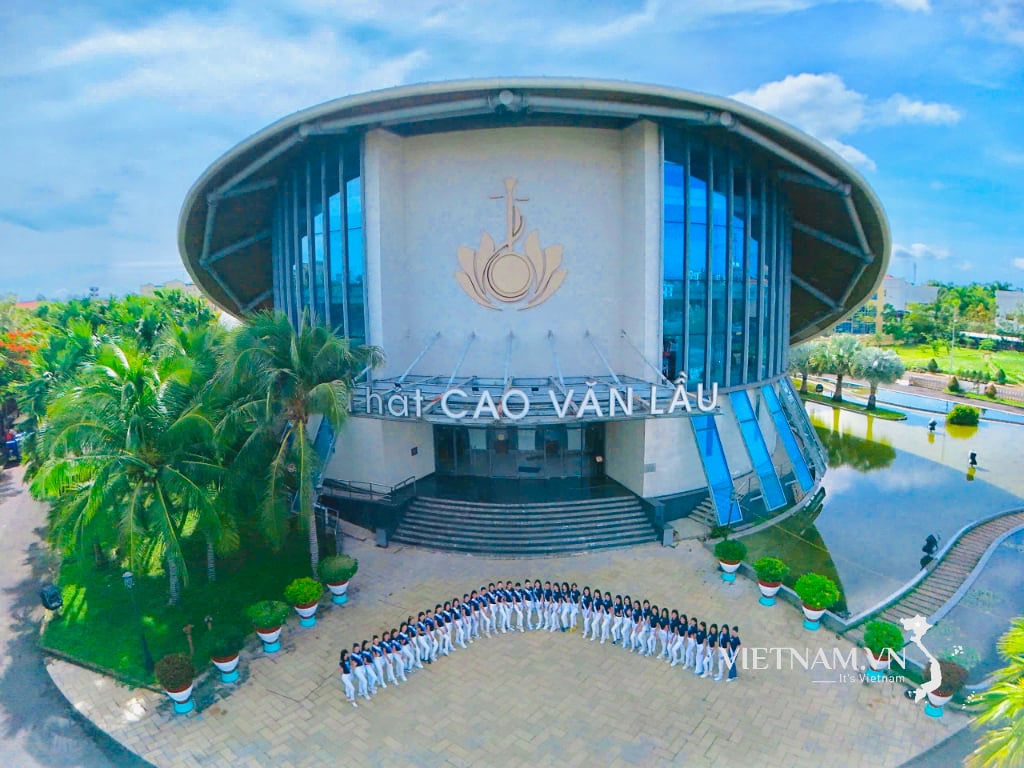

Comment (0)